Altcoin
SEC Clarifies Why Terra Luna Classic, Polygon & 3 Other Crypto Are Securities
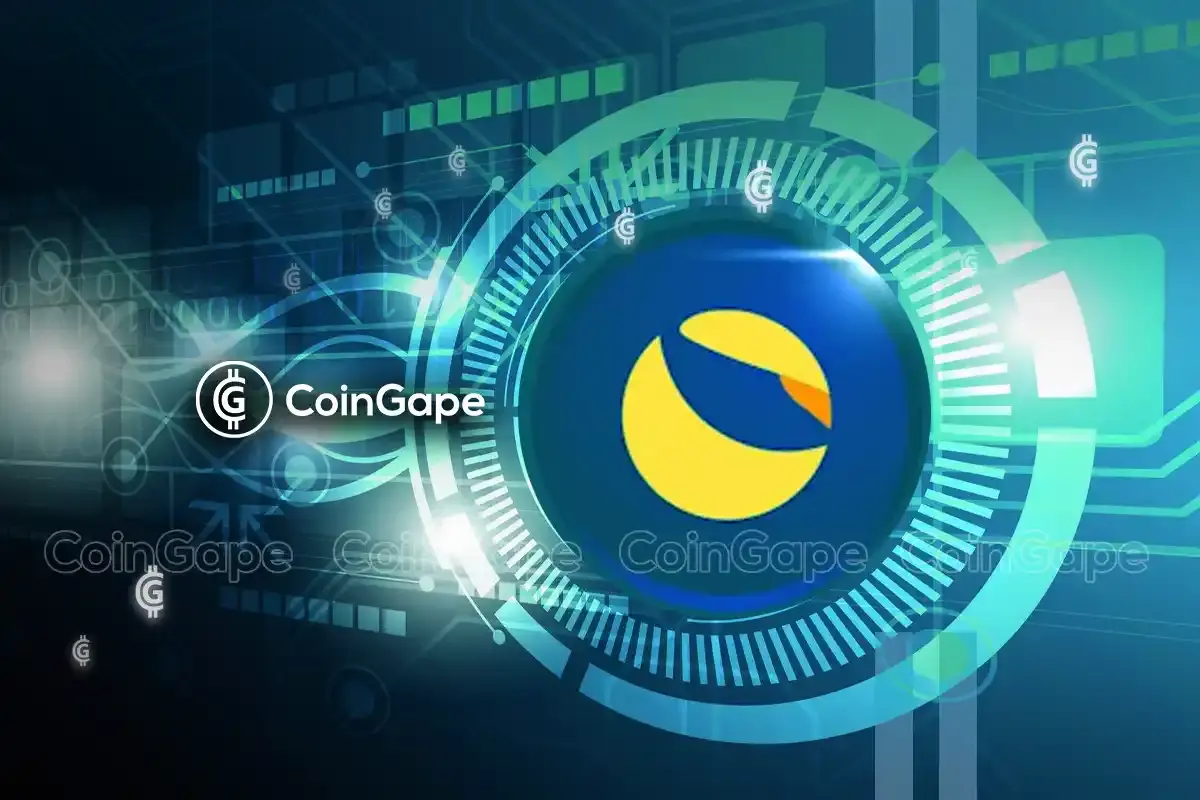
In a recent litigation filed by the SEC against Consensys, the Securities and Exchange Commission has clarified its stance on the classification of several prominent cryptocurrencies as securities. These include Terra Luna Classic (LUNA), Polygon (MATIC), The Sandbox (SAND), Chiliz (CHZ), and Decentrland (MANA). This legal action underscores the SEC’s contention that these digital assets were initially offered and sold as investment contracts.
Hence, the SEC believes these cryptocurrencies fall under the regulatory purview of securities laws. For context, Consensys, a major player in the crypto space, has been targeted for allegedly facilitating the trading of these assets through its MetaMask Swaps platform.
The US SEC argues that each of these tokens was marketed with promises of future profits derived from the efforts of the issuing entities, Consensys and related third parties. This expectation of profit was cultivated through various means. These include public statements, marketing materials, and the operational strategies outlined by the token issuers.
Agency Explains Why Certain Crypto Are Securities
One of the tokens in question is MATIC, the native token of Polygon, an Ethereum scaling blockchain platform. Moreover, Polygon positions MATIC as essential for network transactions and governance, incentivizing holders through staking mechanisms and other economic activities.
Hence, the SEC contends that since its inception, MATIC has been marketed and sold as an investment vehicle. It mentions that investors expect an increase in MATIC value driven by Polygon’s ongoing development and expansion efforts. They highlighted the details on MATIC’s whitepaper to prove their point.
The whitepaper read, “Matic Tokens are expected to provide economic incentives on the Matic Network [now Polygon]…Without Matic Tokens, there is no incentive for users to expend resources to participate in activities or provide services to the overall ecosystem on the Matic Network.”
Polygon also revealed funding raised from renowned and celebrity investors. In addition, Sandeep Nailwal, co-founder of Polygon, wrote in a November 2022 tweet, “I won’t rest until Polygon gets the ‘top 3’ spot it deserves (alongside BTC and ETH). No other project comes close.” The marketing and statements by the co-founder has also influenced the SEC’s decision.
Similarly, MANA, the digital currency of Decentraland, a virtual reality platform on Ethereum, has been categorized as a security by the SEC. MANA facilitates transactions within the Decentraland ecosystem and grants holders rights to participate in governance and content creation.
The SEC pinpointed the sale of MANA tokens during its ICO and subsequent trading activities on platforms like MetaMask Swaps. Moreover, the agency noted that these activities were conducted with the implicit understanding of potential profit from Decentraland’s platform growth and adoption.
Also Read: Breaking: South Korean Government Mulls 3-Year Delay on Crypto Taxes
Scrutiny On Terra Luna Classic, Chiliz & The Sandbox
Another token under scrutiny is CHZ, the utility token for Chiliz. It is used on the Socios platform for fan engagement in sports and entertainment. CHZ enables fans to purchase and influence decisions in their favorite teams through voting rights and rewards programs.
The SEC alleges that CHZ was promoted as an investment opportunity. It highlighted funds were raised explicitly earmarked for platform development, user acquisition, and marketing efforts. These factors all contributed to potential increases in CHZ’s value.
SAND, the token of The Sandbox, a virtual gaming platform powered by blockchain, is also highlighted in the SEC’s litigation. The SEC argues that SAND’s initial offering portrayed it as an investment vehicle. Hence, it is subject to securities regulations due to the expected returns tied to the platform’s success.
Lastly, Terra Luna Classic (LUNA), the native token of Terra, is included in the SEC’s classification as a security. LUNA facilitates stablecoin transactions and platform governance within Terra’s ecosystem. The SEC asserts that Terra Luna Classic’s issuance and trading involved expectations of profit. These expections were based on Terraform’s development efforts and market adoption of Terra’s stablecoin solutions.
The SEC also highlighted that in 2021, Terraform’s head of business development deemed Terra Luna Classic “equity” in their company. Moreover, Terraform CEO Do Kwon once wrote, “LUNA value is viable in the long run — growing as the ecosystem grows.” A director stated in June 2021 that “owning LUNA is essentially owning a portion of the network.”
Additionally, Terraform’s marketing emphasized their team’s expertise. These factors led the Federal Court for the Southern District of New York to rule on December 28, 2023, that LUNA and wLUNA were sold as investment contracts. Moreover, the SEC seeks to stand by this ruling.
Also Read: Charles Hoskinson Issues Important Safety Warning On Elon Musk
The presented content may include the personal opinion of the author and is subject to market condition. Do your market research before investing in cryptocurrencies. The author or the publication does not hold any responsibility for your personal financial loss.
Altcoin
PayPal Adds Chainlink And Solana To Its US Cryptocurrency Service
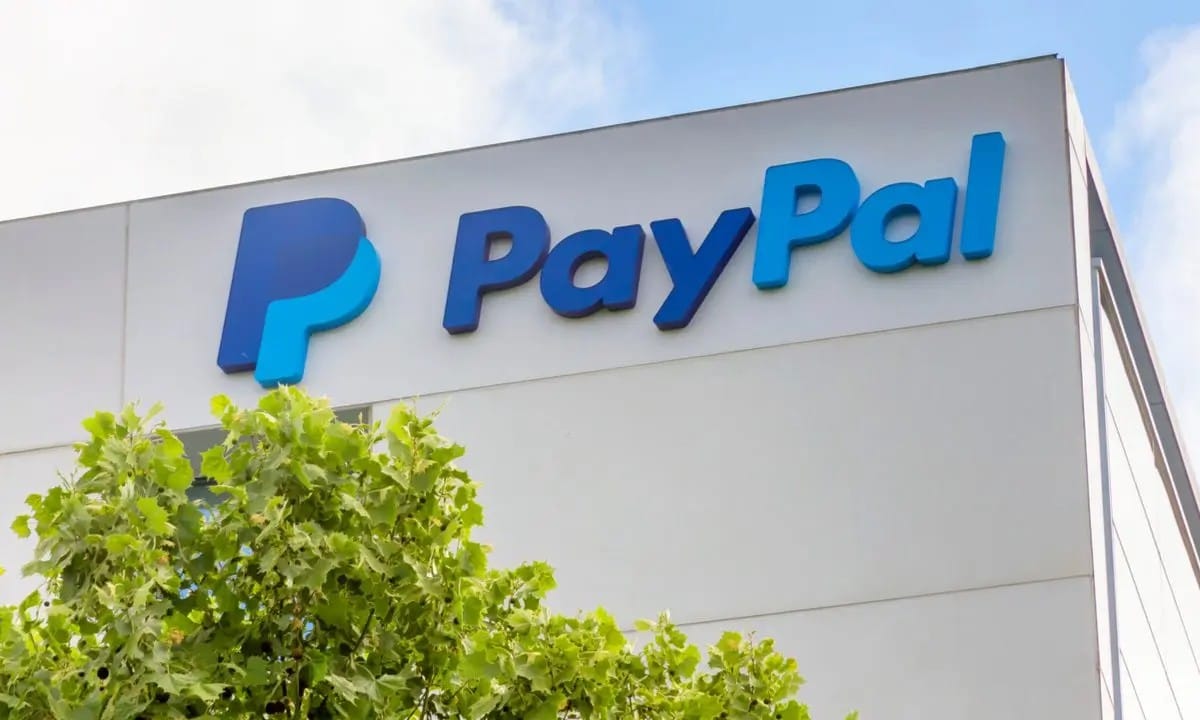
Payment giant PayPal has announced the addition of Chainlink (LINK) and Solana (SOL) to its cryptocurrency offerings. As the payment behemoth increases its crypto footprint, PayPal and Venmo users can buy, sell, and hold LINK and SOL in their accounts.
PayPal Expands Crypto Offering With SOL and LINK
According to an official press release, PayPal has announced the expansion of its suite of cryptocurrencies with two new tokens. The payment giant confirmed the addition of Chainlink and Solana to its offerings, signaling increased confidence in Web 3 solutions.
Per the statement, the offering will extend beyond PayPal and include its subsidiary Venmo. Users of Venmo and PayPal in the US will be able to purchase, hold, transfer, and sell both SOL and LINK with their accounts.
May Zabaneh, Paypal’s VP for Digital Currencies revealed that expanding its cryptocurrency offerings was an obvious choice for the company. Zabaneh disclosed that feedback from users confirmed the need to allow consumers to interact with SOL and LINK.
“Offering more tokens on PayPal and Venmo provides users with greater flexibility, choice, and access to digital currencies,” said Zabaneh.
With the addition of SOL and LINK, PayPal supports seven cryptocurrencies on its platform. The firm waded into cryptocurrencies back in 2020 starting with Bitcoin (BTC) and Ethereum (ETH) offerings for consumers. Early successes saw it expand to Litecoin (LTC) and Bitcoin Cash (BCH) before launching its stablecoin PayPal USD(PYUSD).
Institutional adoption for SOL is rising with Polymarket integrating Solana by enabling SOL deposits. Chainlink is riding its wave of partnerships and integrations with institutional and enterprise utility at the core.
Why Did The Payment Giant Choose SOL and LINK?
PayPal’s decision to expand to SOL and LINK flows from their inherent capabilities and massive adoption figures. According to the statement, PayPal sees Chainlink as a key player in cross-chain interoperability while describing Solana as a “leading blockchain platform.”
Both SOL and LINK are in the top 11 cryptocurrencies by market capitalization with a combined valuation of over $80 billion. Chainlink’s ADGM partnership to build tokenization frameworks in the UAE is the latest high-profile play for the Web 3 infrastructure platform.
Furthermore, the company says the decision underscores the company’s cryptocurrency-facing ambitions in recent years. PYUSD has its sights on challenging USDT and USDC dominance with PayPal neck-deep in cryptocurrencies.
“The addition of LINK and SOL reflects the company’s dedication to the evolving digital currency landscape and fostering greater accessibility and engagement in the cryptocurrency market,” read the statement.
Apart from PayPal and Polymarket, BlackRock’s BUIDL has launched on Solana in a strong case for institutional adoption. Both SOL and LINK have reacted positively to the announcement, rising 5.42% and 1.37 respectively.
Disclaimer: The presented content may include the personal opinion of the author and is subject to market condition. Do your market research before investing in cryptocurrencies. The author or the publication does not hold any responsibility for your personal financial loss.
Altcoin
Analyst Predicts XRP Price To Reach Double Digits By July 21 Cycle Peak

Crypto analyst Egrag Crypto has provided a bullish outlook for the XRP price, predicting it could reach double digits in this market cycle. The analyst also revealed when exactly the cycle peak for XRP in this bull run could occur.
Analyst Predicts XRP Price To Reach Double Digits By July 21
In an X post, Egrag Crypto predicted that the XRP price will reach double digits by July 21, which he believes would mark the cycle peak for the altcoin. The analyst stated that so far, Ripple’s native crypto looks on track to reach its cycle peak by July.
He added that if the 110-day offset still holds, then the cycle peak could extend to November 9, 2025. The analyst also explained that it took some time for the 21 weekly EMA to catch up with the price action.
However, once it finally touched the 21 weekly EMA, XRP took 147 days to complete the last leg of the cycle, lasting 21 days until it hit the cycle peak. As such, Egrag Crypto is confident that July 21 could mark the peak for the altcoin.
His prediction of double digits price for XRP came following a question on what the altcoin’s price could be around this July 21 peak. Egrag Crypto simply answered, “double digits,” indicating it could rally to $10 or above. Interestingly, the analyst recently predicted that Ripple’s could rally to $27 in 60 days, which aligns with XRP reaching double digits by July.
In another post, Egrag Crypto also gave a short-term XRP price analysis. He stated that a close above $2.24 is the first sign of strength. Furthermore, a close above $2.30 and $2.47 are the second and third sign of strength. The analyst added that a close above $2.70 is the strongest signal for a potential breaout and new all-time high (ATH), with the potential target the $5 range.
Ripple’s Native Crypto Could Soon Witness Wave 3 Impulsive Move
In an X post, crypto analyst CasiTrades raised the possibility of the XRP price witnessing a Wave 3 impulsive move soon enough. She noted that the altcoin is showing strength today after reclaiming the 0.786 retracement at $2.05, a key level which it needs to flip to support.
The analyst has previously predicted that XRP could drop to as low as $1.90 before it rallies to new highs. In her recent analysis, she stated that the next major test is $2.24, where local subwaves and the macro structure are aligning. The analyst added that this price level is the 0.382 retracement of the most recent move down and the 1.618 extension on the subwaves.
From a structure standpoint, CasiTrades stated that XRP is now seeing the smaller subwaves beginning to align with the larger Elliot Wave count. She remarked that this is a strong sign that the bottom could be in and that the altcoin is building the foundation for macro Wave 3 up.
The analyst warned that failure at $2.24 could stall the XRP price but a new low seems unlikely. Meanwhile, the next resistance levels after are $2.70, $3.05 and then the current ATH of $3.80.
CasiTrades reminded market participants that XRP is now officially inside the Fibonacci Time Zone 3, which was set months ago. She remarked that this period is when the market should shift from consolidation into acceleration. The analyst asserted that if the altcoin wants to launch into its macro breakout, now is the time. Factors such as Coinbase’s move to launch XRP futures could spark this breakout.
Disclaimer: The presented content may include the personal opinion of the author and is subject to market condition. Do your market research before investing in cryptocurrencies. The author or the publication does not hold any responsibility for your personal financial loss.
Altcoin
Pi Network Under Fire As PiDaoSwap Launches NFTs On Binance Chain
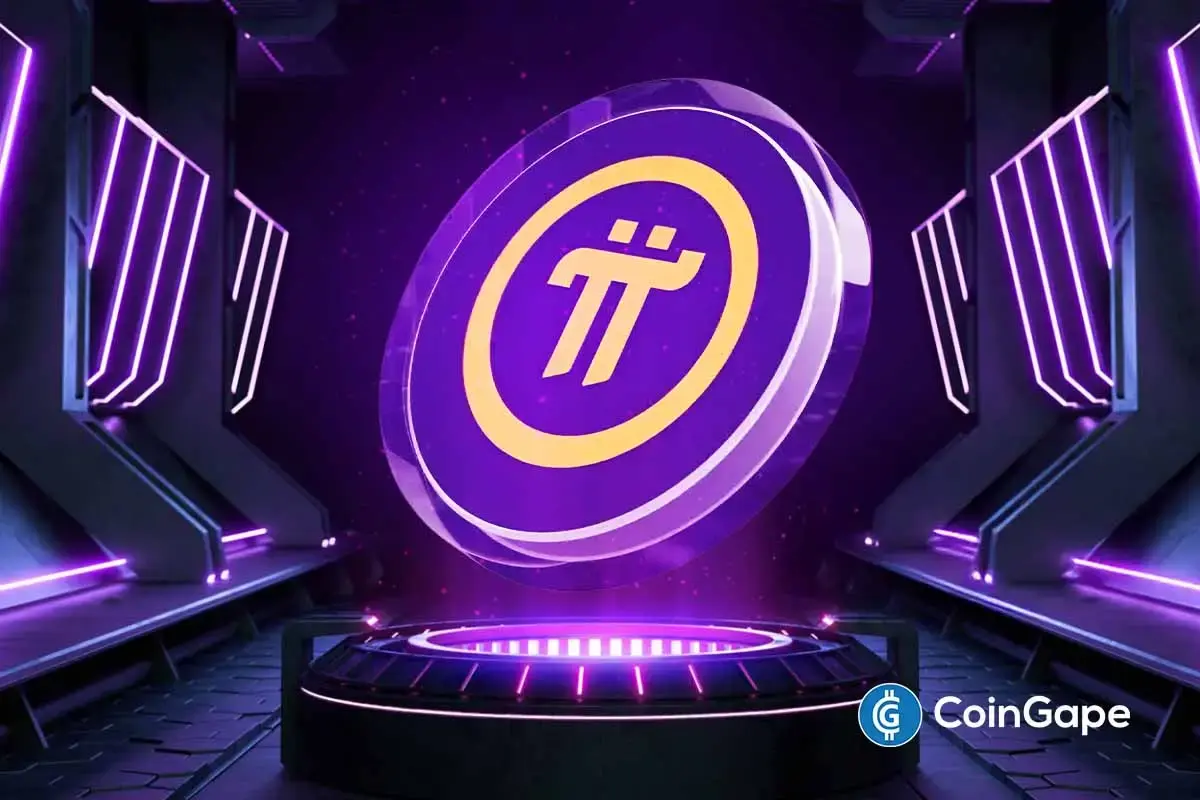
Critics are taking swipes at Pi Network and the PiCoreTeam after PiDaoSwap raised concerns over lengthy delays for Know Your Business (KYB) approvals. The delays have forced the hand of PiDaoSwap to roll out non-fungible tokens (NFTs) on Binance Chain as a short-term solution.
Pi Network Faces Criticism for KYB Delays
Decentralized exchange PiDaoSwap has expressed worry over the prolonged delays of the KYB review process on Pi Network. According to a statement on X, PiDaoSwap submitted a KYB application, but 15 days later, the PiCoreTeam (PCT) has yet to issue an approval.
To build on the Pi Network, projects will need to submit a KYB application to pass the PCT’s due diligence process. An approval will give projects access to developer support, funding, and other ancillary perks for building in the Pi ecosystem.
However, after over two weeks, PiDaoSwap describes the wait as an “agonizing” one. Per the statement, PiDaoSwap is unable to start full development on the Pi mainnet because of the delay.
Following the delay, PiDaoSwap says it will launch NFTs on Binance Smart Chain (BSC) while it waits for approval. Binance continues to exclude Pi Network in its Vote To List initiative as it focuses on BSC projects.
“We have chosen to launch community NFTs on BSC as an interim solution rather than continuing to wait idly,” said PiDaoSwap. “Only after KYB approval can we proceed with in-depth development and ecosystem building on the Pi mainnet.”
PiCoreTeam Catching Backlash In Recent Weeks
Thought leaders in the Pi ecosystem have been vocal in their criticism of the PCT. Dr Altcoin, an active member of the ecosystem, took swipes at the PCT over the KYB approval delays. He argues that PiDaoSwap is not an isolated incident, adding that several centralized exchanges are waiting for KYB approvals.
“This is one example of a clear failure by the PCT,” said Dr Altcoin. “I also know some CEXs are on the waiting list for KYB approval.”
Furthermore, Dr Altcoin theorizes that Bybit not listing Pi Network is the fault of the PiCoreTeam. Dr Altcoin disclosed that the delays in centralized exchanges result from a lack of transparency by the PCT for token locking and burning mechanisms.
Pi Coin price has fallen by 15% over the last day to settle at $0.55, dousing optimism for a move to clinch $1. As investors scan the horizon for a correction, a listing by a top exchange and a string of ecosystem partnerships by the PCT can send prices to new highs. Despite the criticisms, the PCT is proceeding with its domain auction, receiving over 200,000 bids in the latest update.
Disclaimer: The presented content may include the personal opinion of the author and is subject to market condition. Do your market research before investing in cryptocurrencies. The author or the publication does not hold any responsibility for your personal financial loss.
-

 Market23 hours ago
Market23 hours agoEthereum Price Losing Ground—Is a Drop to $1,550 Inevitable?
-
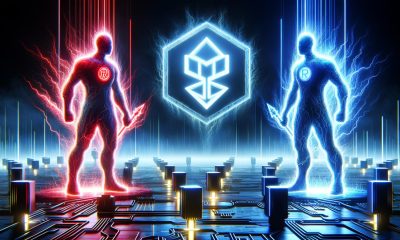
 Market22 hours ago
Market22 hours agoXRP Battle Heats Up—Can Bulls Turn the Tide?
-

 Bitcoin19 hours ago
Bitcoin19 hours agoWhy Are Retail Investors Turning to XRP Over Bitcoin?
-

 Bitcoin18 hours ago
Bitcoin18 hours agoJapanese Company Unveils Plans To Buy Crypto
-

 Market12 hours ago
Market12 hours agoXRP Price Vulnerable To Falling Below $2 After 18% Decline
-
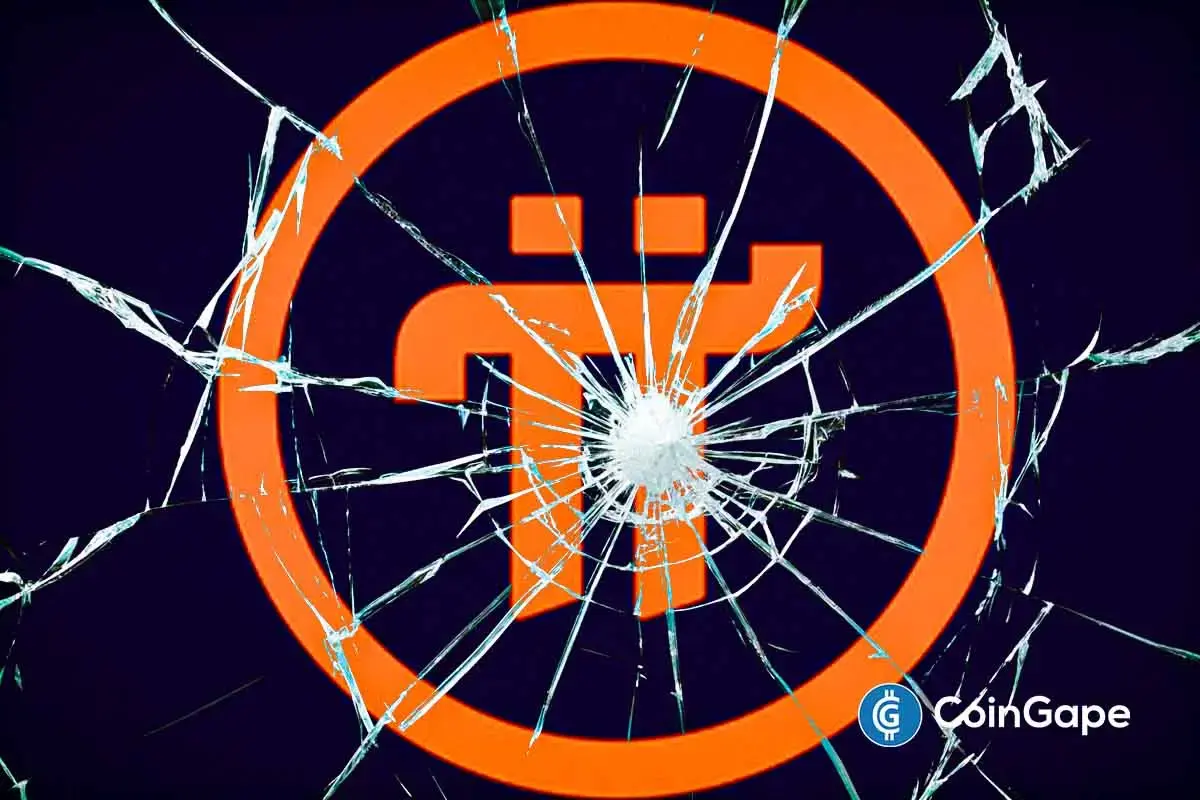
 Altcoin18 hours ago
Altcoin18 hours agoPi Coin Price Crashes 15%, Is Coinbase Listing Only Hope?
-

 Market11 hours ago
Market11 hours agoWill the SEC Approve Grayscale’s Solana ETF?
-

 Bitcoin21 hours ago
Bitcoin21 hours agoWhy Recency Bias Is Amplifying Fear Around Bitcoin’s Price




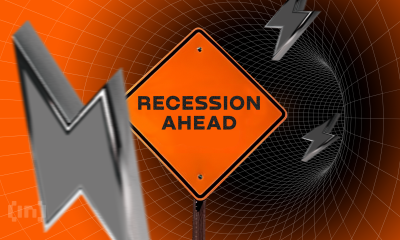



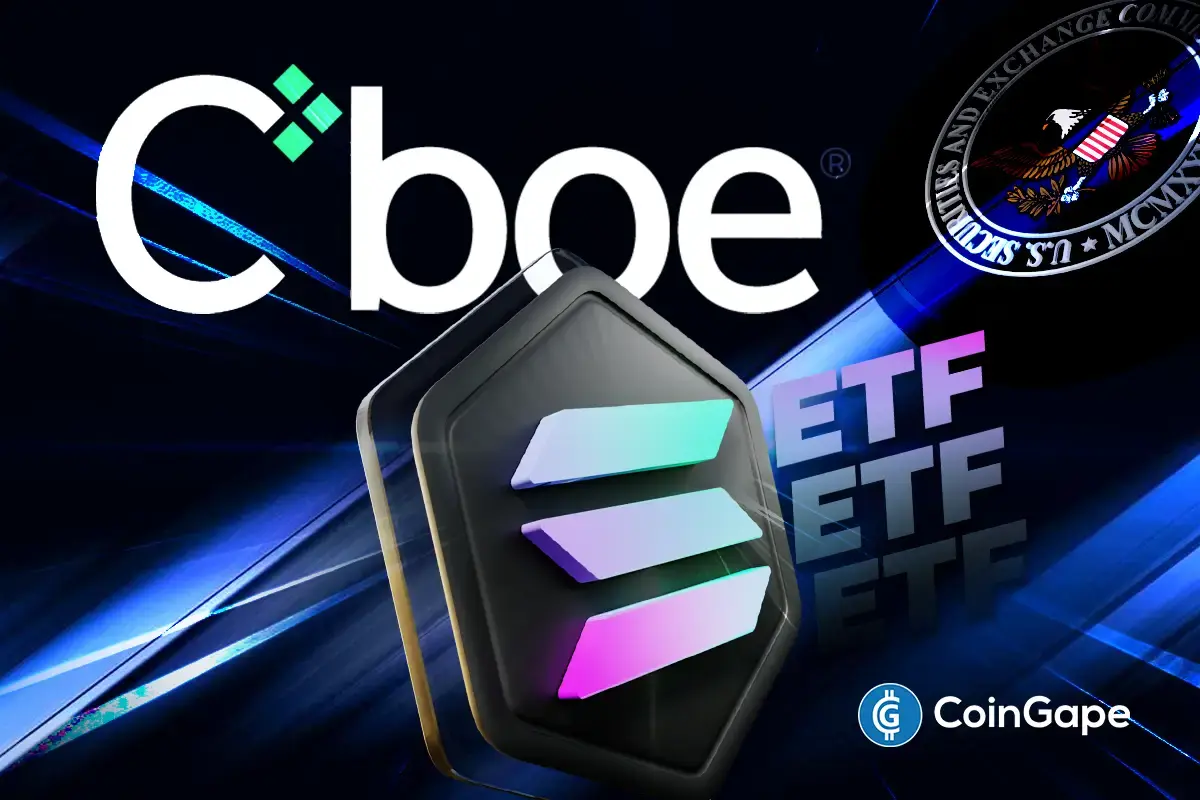
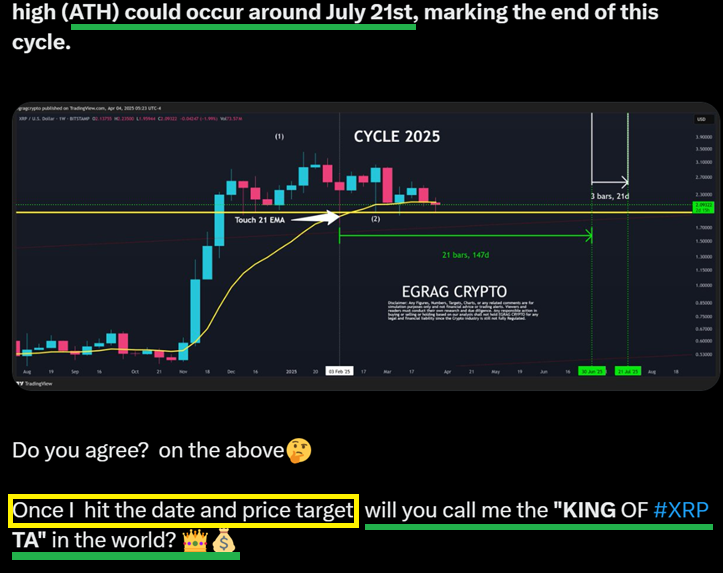
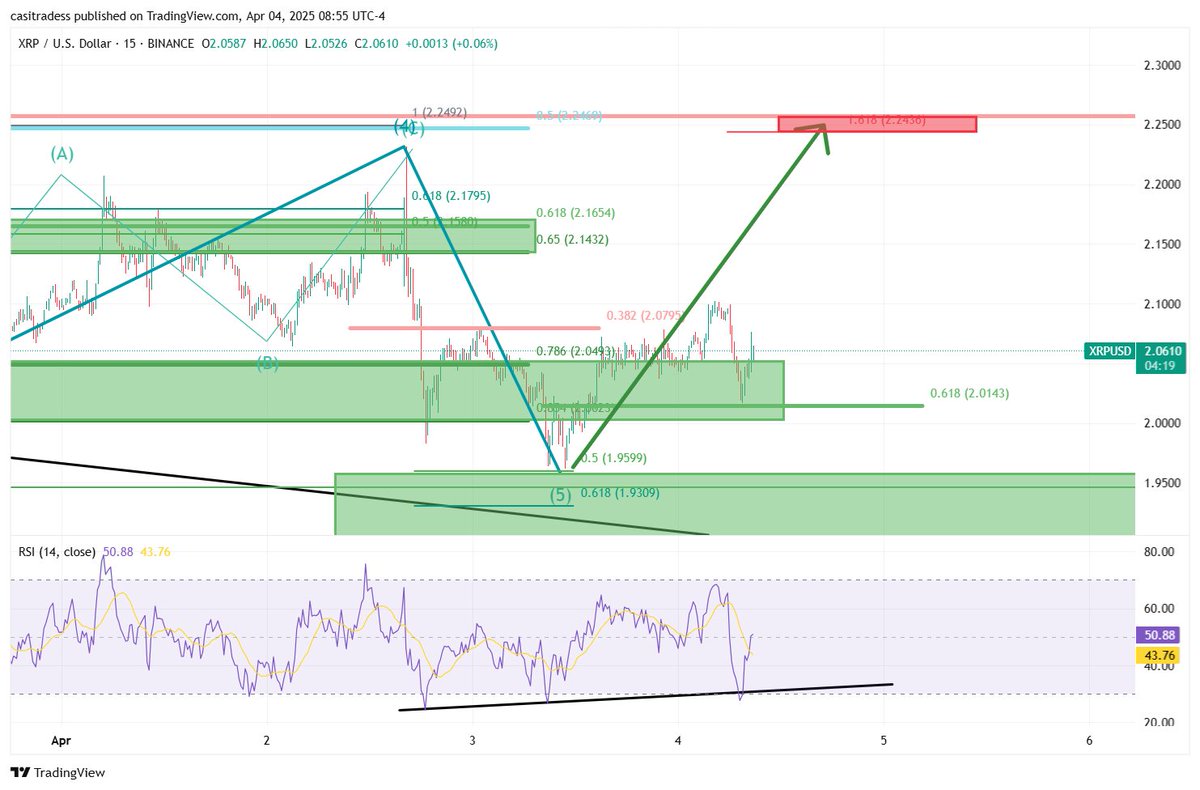











✓ Share: